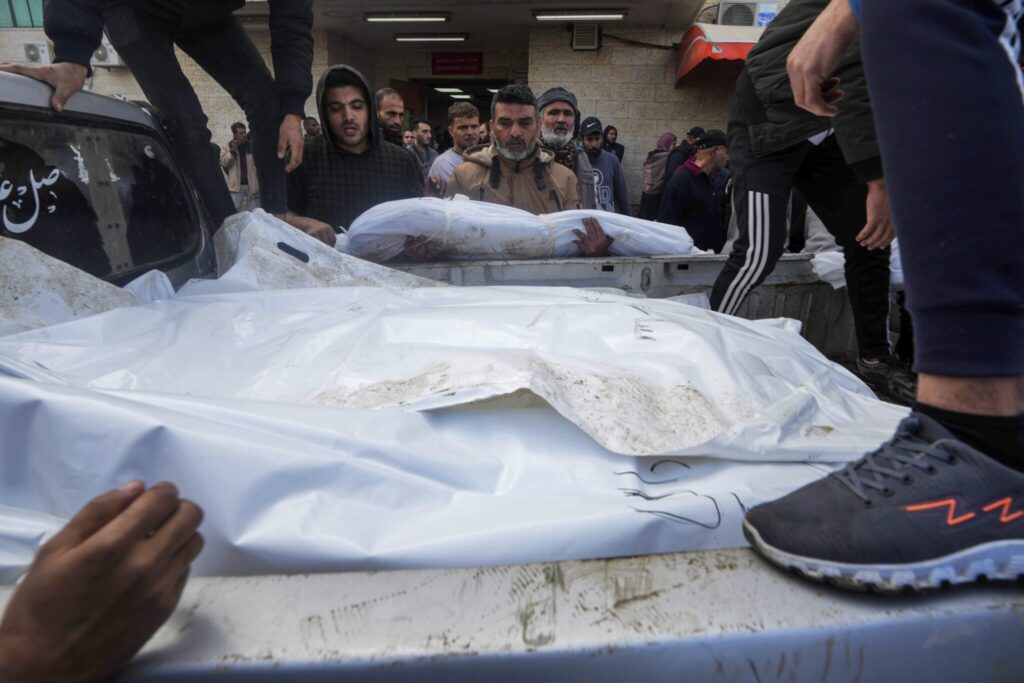Israel launched fresh air strikes against central Gaza on Tuesday, where the United Nations said it was alarmed by an intensification of Israeli attacks that had killed more than 100 Palestinians in one part of the enclave since Christmas Eve. The days around Christmas have seen an upsurge in the war, particularly in a central area just south of the seasonal waterway that bisects the Gaza Strip. Israeli troops told civilians to leave the area, though many say there is no safe place left to go. “We are gravely concerned about the continued bombardment of Middle Gaza by Israeli forces, which has claimed more than 100 Palestinian lives since Christmas Eve,” said UN Human Rights Office spokesperson Seif Magango.
Quick Read
- Air Strikes in Central Gaza: Israel conducted air strikes against central Gaza, escalating the conflict. The United Nations expressed alarm over the increasing intensity of attacks.
- Casualties in Gaza: Over 100 Palestinians have been killed in this part of Gaza since Christmas Eve. The Palestinian Health Ministry reports nearly 21,000 confirmed deaths since the war began, with the majority displaced from their homes.
- Israeli Ground Campaign Extension: Israel has expanded its ground campaign throughout Gaza, initially targeting the northern half and now encompassing the entire enclave.
- Recent Fighting and Casualties: Intense fighting continues in northern Gaza, with significant civilian casualties, including in Khan Younis, where 10 Palestinians were reportedly killed in Israeli air strikes.
- U.S. Pressure on Israel: The U.S. has urged Israel to scale down its operations from a full-blown military assault to more targeted raids on Hamas leaders. However, Israel insists on continuing until Hamas is completely destroyed.
- Netanyahu’s Firm Stance: Israeli Prime Minister Benjamin Netanyahu emphasized the continuation of the war until Hamas is defeated. His advisor, Mark Regev, stated that removing Hamas is essential for Gaza’s future.
- Regional Impact and U.S. Involvement: The conflict has regional implications, with U.S. forces being attacked by Iran-backed militants in Iraq and Syria due to U.S. support for Israel. Retaliatory U.S. air strikes have targeted militants in Iraq.
- Attacks in Lebanon: Israeli soldiers and a civilian were injured by anti-tank missiles fired from Lebanon, leading to Israeli air strikes against Hezbollah targets.
- Defence Minister Gallant’s Statement: Israeli Defence Minister Yoav Gallant mentioned a “multi-front war” from seven theaters: Gaza, Lebanon, Syria, West Bank, Iraq, Yemen, and Iran. Actions have been taken on six of these fronts.
- Explosion Near Israeli Embassy in India: An explosion occurred near the Israeli embassy in New Delhi, India, with no staff injuries reported.
Reuters has the story:
UN alarmed by ongoing Israeli Christmas strikes that kill scores in central Gaza
Newslooks- CAIRO/GAZA/JERUSALEM, Dec 26 (Reuters)
Israel launched fresh air strikes against central Gaza on Tuesday, where the United Nations said it was alarmed by an intensification of Israeli attacks that had killed more than 100 Palestinians in one part of the enclave since Christmas Eve.
The days around Christmas have seen an upsurge in the war, particularly in a central area just south of the seasonal waterway that bisects the Gaza Strip. Israeli troops told civilians to leave the area, though many say there is no safe place left to go.
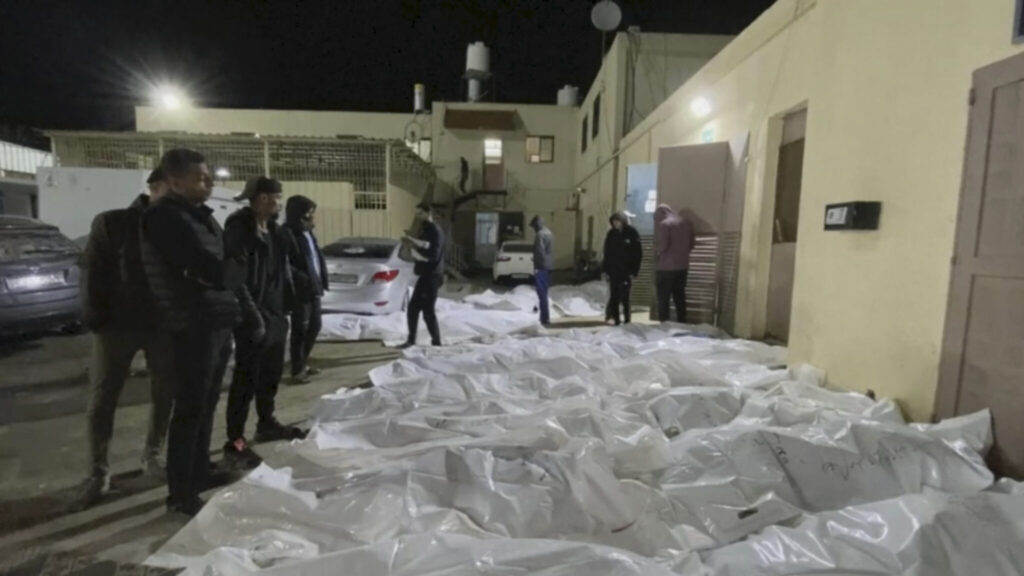
“We are gravely concerned about the continued bombardment of Middle Gaza by Israeli forces, which has claimed more than 100 Palestinian lives since Christmas Eve,” said UN Human Rights Office spokesperson Seif Magango.
“Israeli forces must take all measures available to protect civilians. Warnings and evacuation orders do not absolve them of the full range of their international humanitarian law obligations.”
Israel is determined to pursue its goal of destroying Hamas despite global calls for a ceasefire in the 11-week-old war, and new concerns the conflict could spread with U.S. and Iran-aligned forces attacking each other elsewhere in the region.
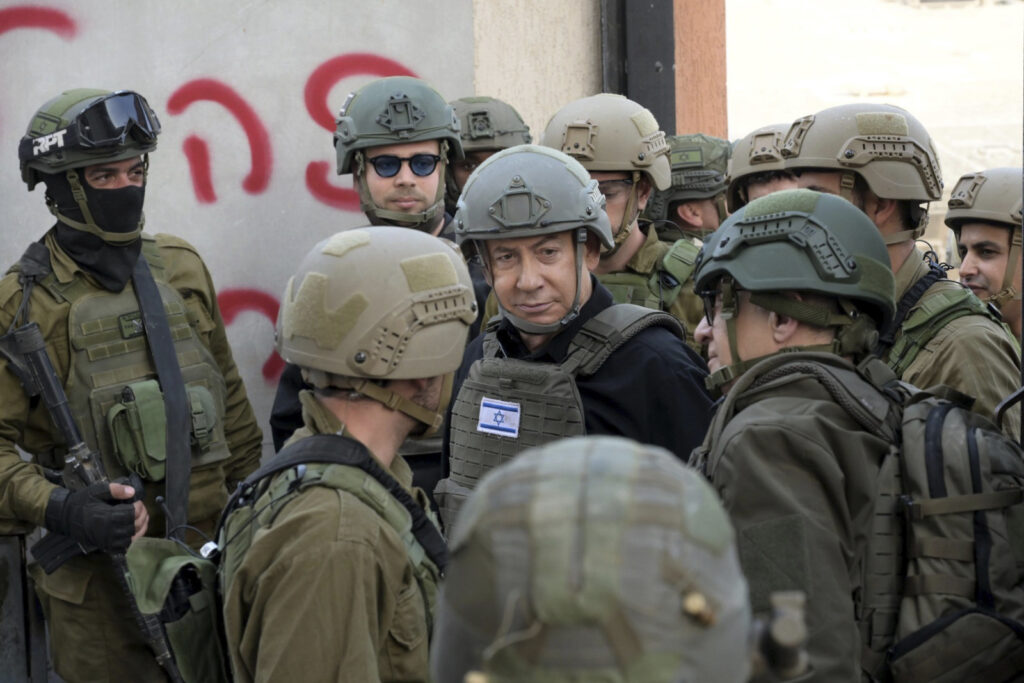
Since Hamas killed 1,200 people and captured 240 hostages on Oct. 7 in the deadliest day in Israeli history, Israeli Prime Minister Benjamin Netanyahu has responded with an all-out assault that has laid much of Hamas-ruled Gaza to waste.
Palestinian health authorities said nearly 21,000 people have been confirmed killed in Israeli strikes, with thousands more feared buried under rubble. Nearly all of the enclave’s 2.3 million people have been driven from their homes, many several times.
Israel says it is doing what it can to protect civilians, and blames Hamas for putting them in harm’s way by operating among them, which Hamas denies. But even Israel’s closest ally the United States has said it should do more to reduce civilian deaths from what President Joe Biden has called “indiscriminate bombing”.
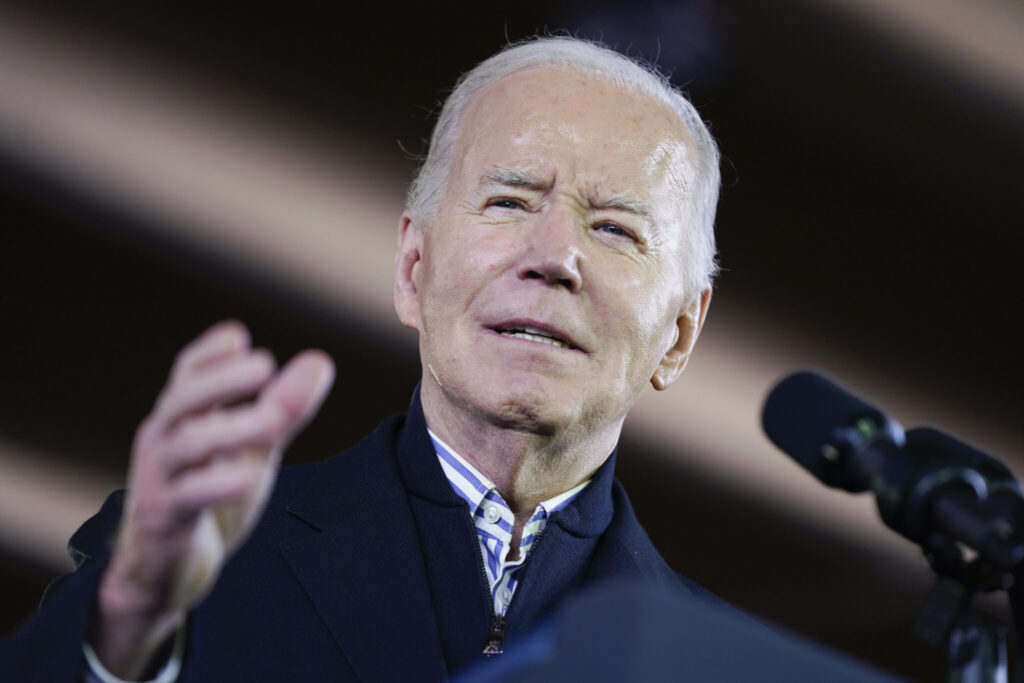
‘THE REST WERE MARTYRED’
Since a truce collapsed at the start of December, Israel has extended its ground campaign from the northern half of Gaza to encompass the entire enclave.
In recent days, fighting in the north has remained as intense as ever, even as southern and central areas now holding hundreds of thousands of displaced civilians have become war zones.
At Nasser Hospital in Khan Younis, the largest medical facility in the southern Gaza Strip, medics said 10 Palestinians had been killed in two separate Israeli air strikes.
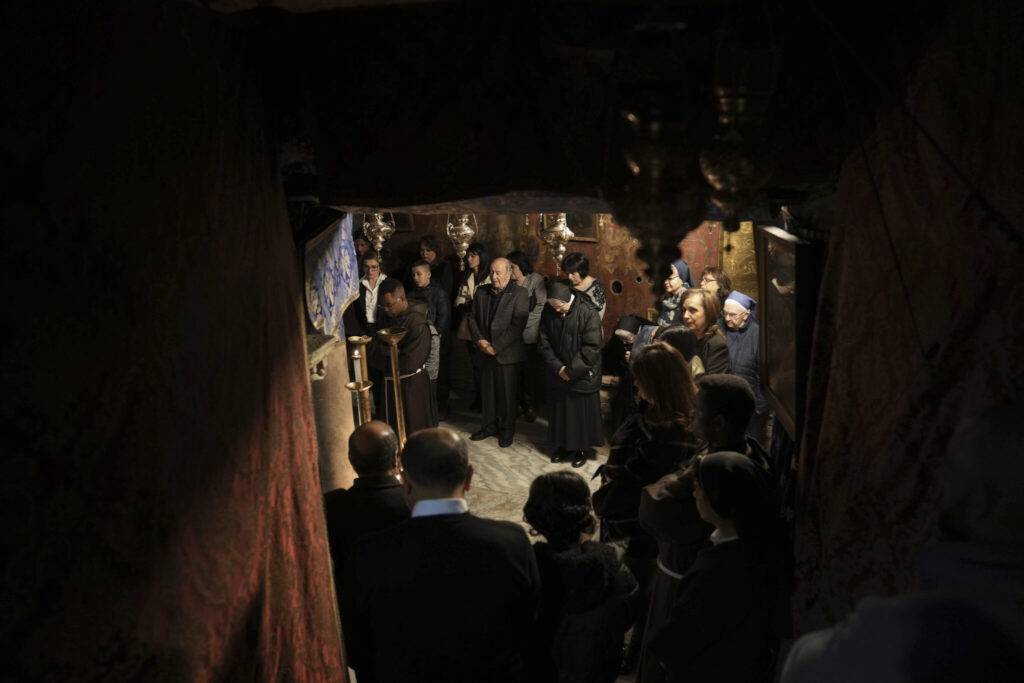
“There were displaced people and residents inside the house, more than 20 people, children and women. We managed to rescue some children, but the rest were martyred,” said Khan Younis resident Salah Shaat, describing the aftermath of an air strike at sunset on Monday.
Washington has openly pressed Israel in recent weeks to scale down its Gaza war from a full-blown military assault to a more targeted operation of raids on Hamas leaders. But Israel says it will not stop fighting until Hamas is completely destroyed.
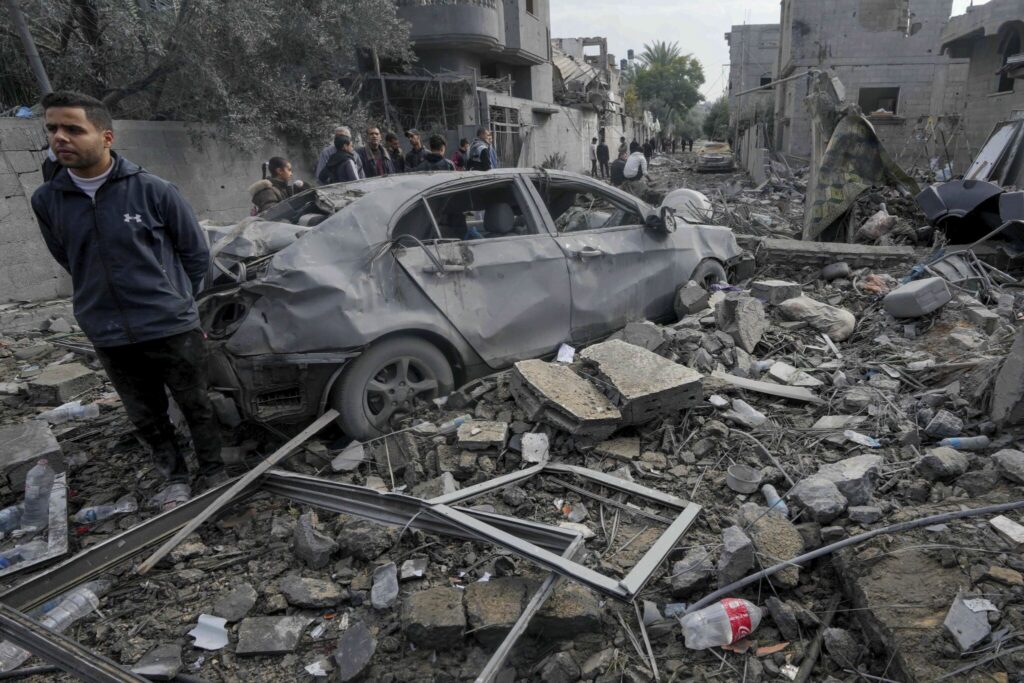
Netanyahu hammered that point on Monday at a meeting with lawmakers after visiting troops in Gaza.
“We are not stopping. The war will continue until the end, until we finish it, no less,” he said.
Netanyahu adviser Mark Regev told CNN on Tuesday that destroying Hamas, which has ruled Gaza since 2007, was “a prerequisite for a better future both for Israelis and Palestinians”.
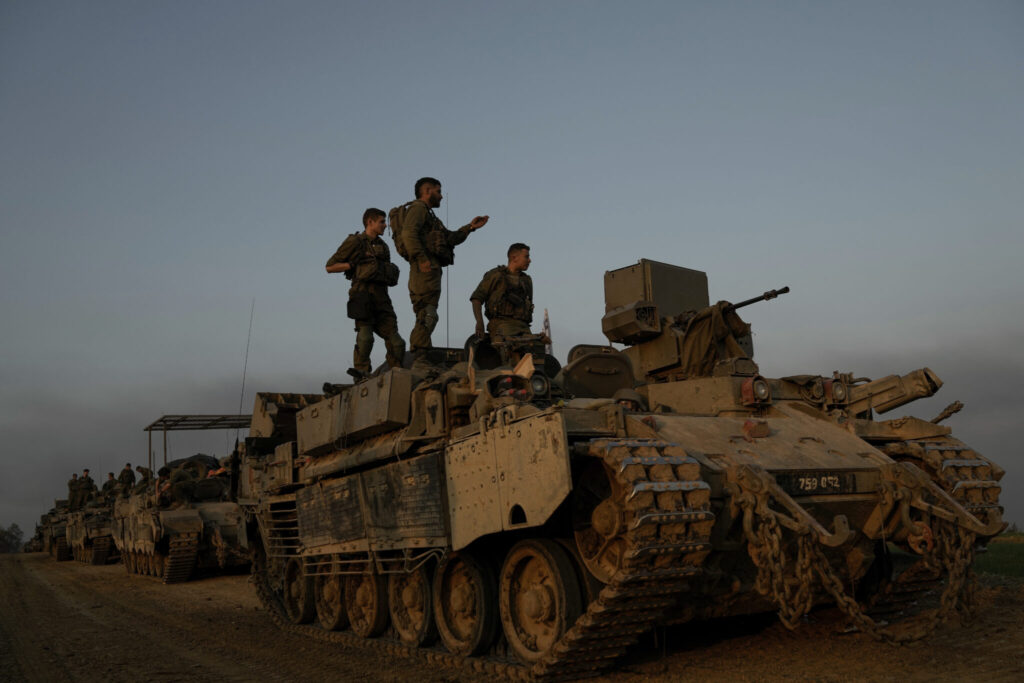
“You won’t have a demilitarized and deradicalized Gaza without first destroying Hamas. You can’t have reconstruction in Gaza, rebuilding the lives of people without first getting rid of Hamas.”
Elsewhere in the region, U.S. forces have come under attack by Iran-backed militants in Iraq and Syria over Washington’s backing of Israel.
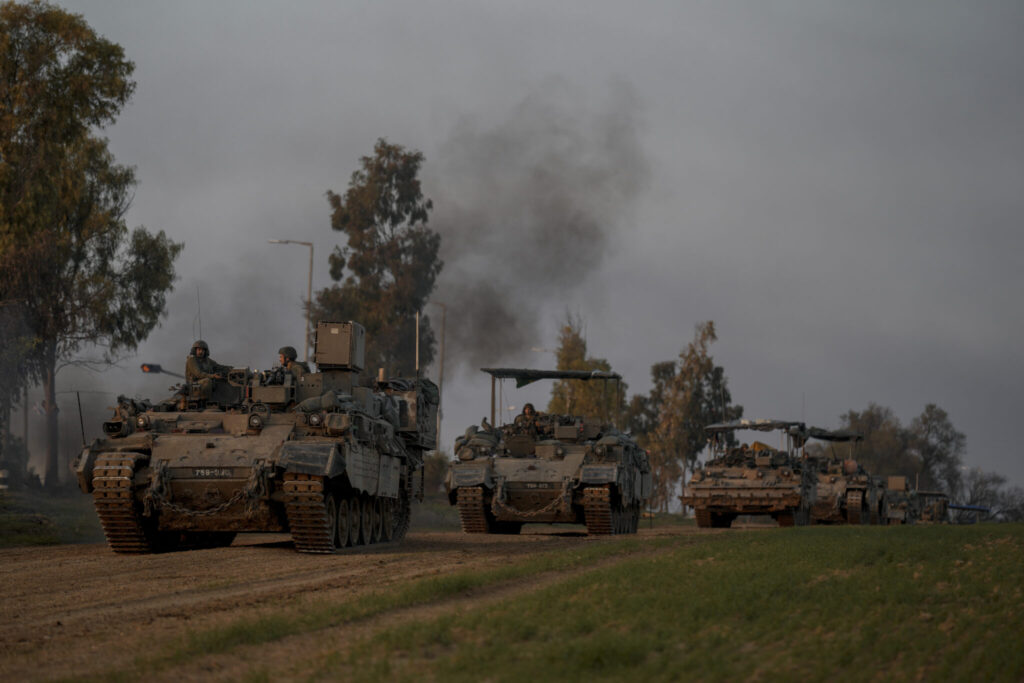
In the latest clash, the U.S. military carried out retaliatory air strikes on Monday in Iraq after a drone attack by Iran-aligned militants on a U.S. base in Erbil left one U.S. service member in critical condition and wounded two.
The air strikes killed “a number of Kataib Hezbollah militants” and destroyed multiple facilities used by the group, the U.S. military said.
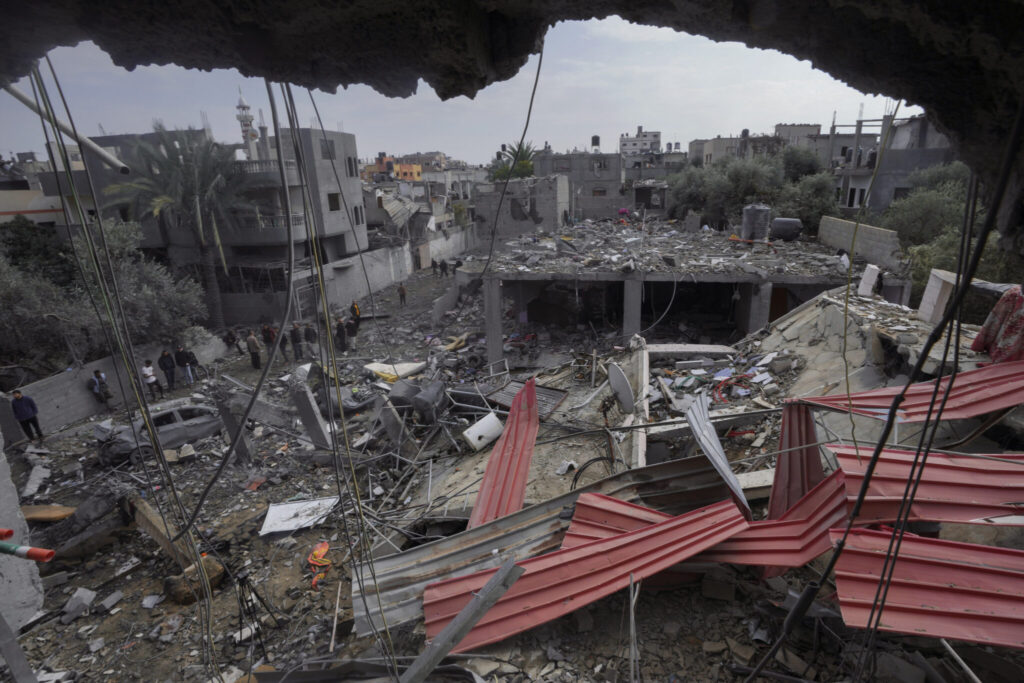
There were new reports of new explosions near shipping off the coast of Yemen, where the Iran-aligned Houthi movement has attacked ships it says have links to Israel in the entrance to the Red Sea, one of the world’s busiest shipping lanes.
On Monday an Israeli air strike killed a senior leader of Iran’s Revolutionary Guards in Syria.
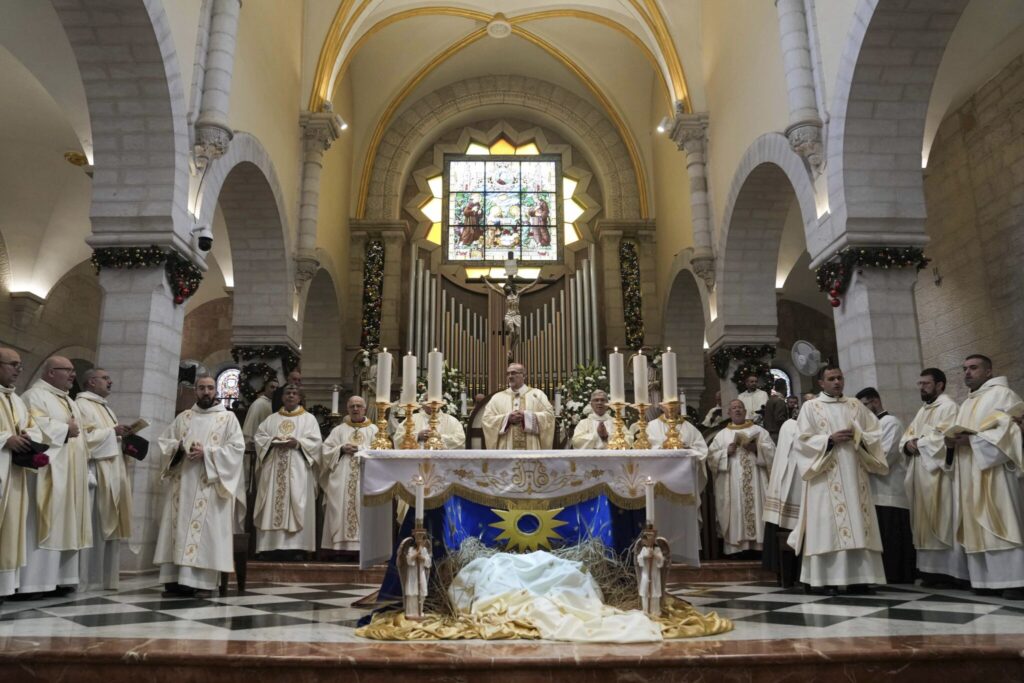
On the Lebanon border, Israel said on Tuesday that nine Israeli soldiers and one civilian had been injured by anti-tank missiles fired from Lebanon towards a church, drawing retaliatory air strikes against Hezbollah targets.
“We are in a multi-front war and are coming under attack from seven theatres: Gaza, Lebanon, Syria, Judea and Samaria (the West Bank), Iraq, Yemen and Iran,” Israeli Defence Minister Yoav Gallant told lawmakers, listing six places where Iran-backed militants are active, as well as Iran itself.
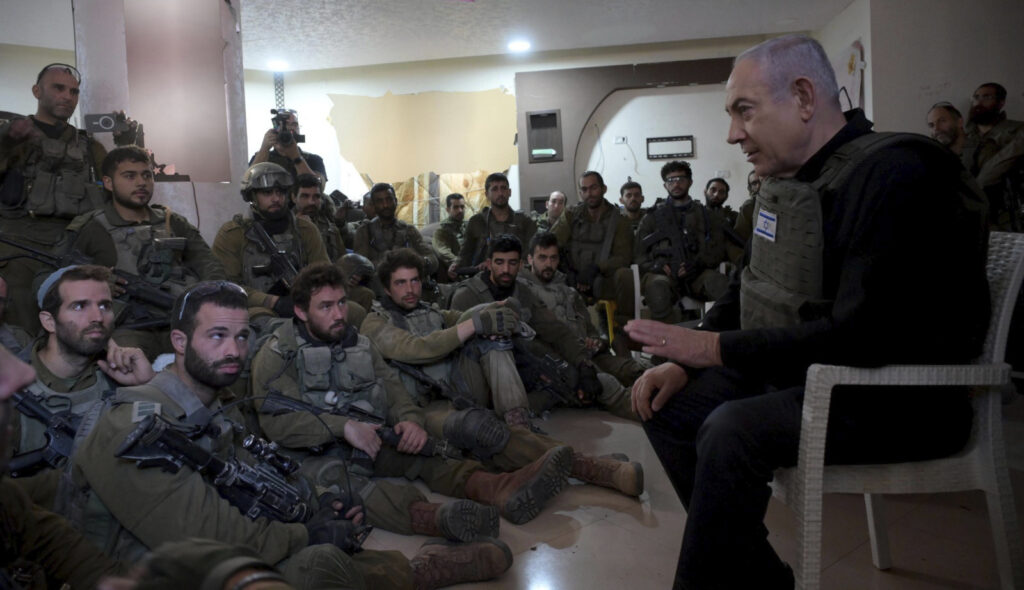
“We have already responded and taken action in six of these theatres,” he said, without specifying the one that had yet to see Israeli action.
In India, there was an explosion near the Israeli embassy in New Delhi. Authorities said no staff were hurt.

